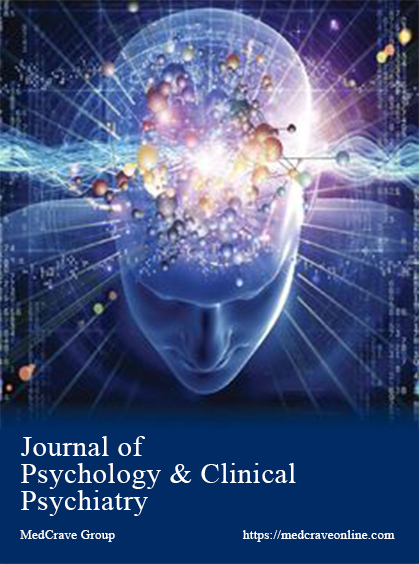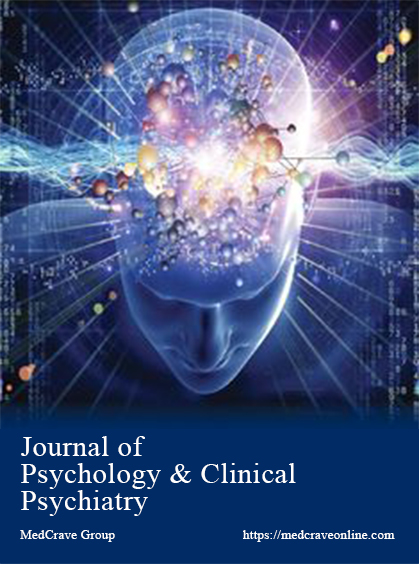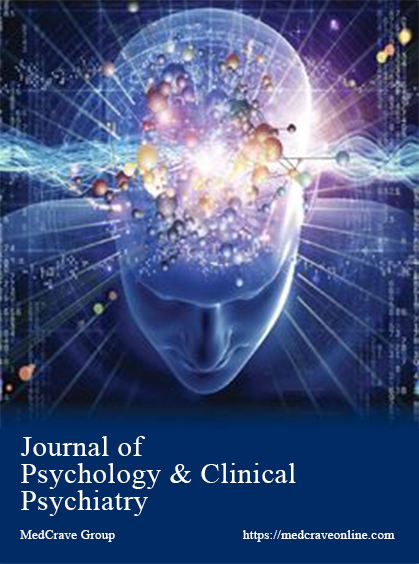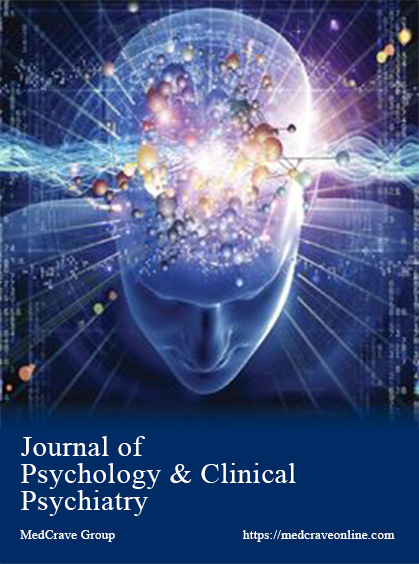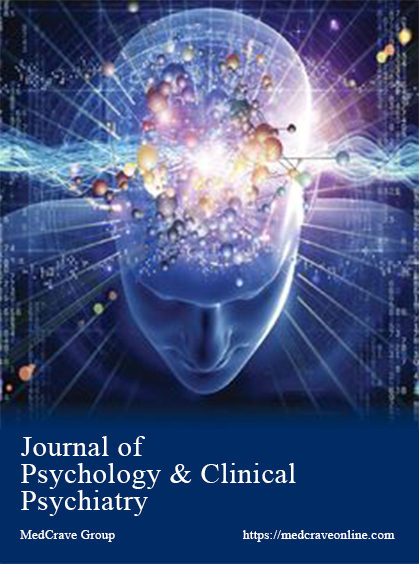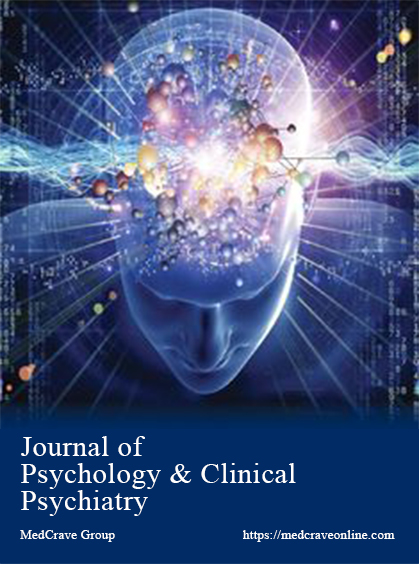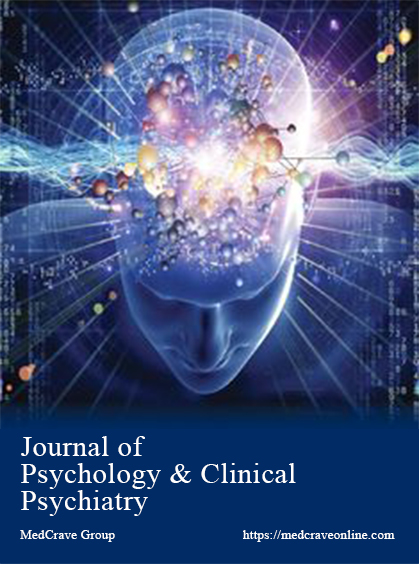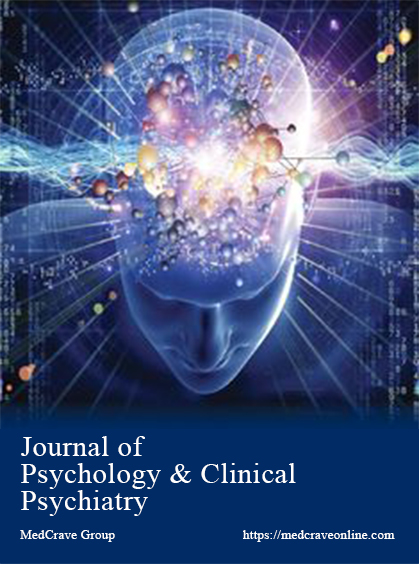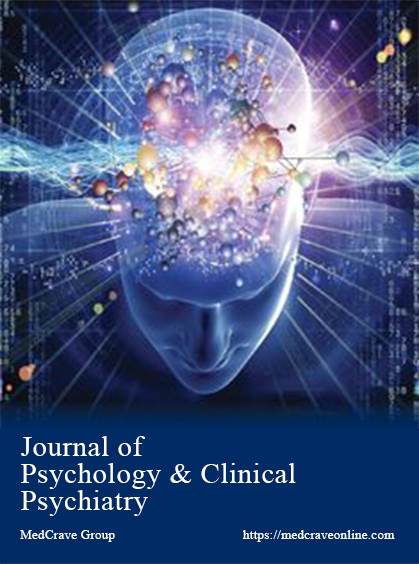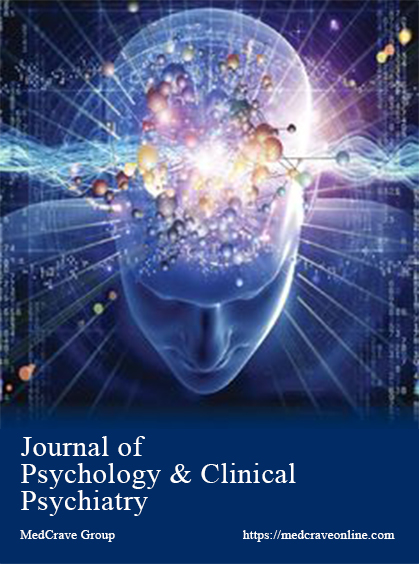
Mental status examination of borderline personality disorder
The study aimed to identify characteristics of Borderline Personality Disorder (BPD) patients using case study method and mental status examination (MSE). Five cases of BPD (3 males, 2 females; aged 17-23years) identified using semi-structured interview schedule including case history, MSE and DSM-IV-TR criteria were taken from a Psychiatric Centre in India. The themes and characteristics were identified from in-depth clinical interviews and direct observation of the patients. Evaluation of the emotional and cognitive functioning was done. General appearance of patients was appropriate. Males appeared dull, sad and reclusive while females were elated. Psychomotor activity was slow, increased in some cases. Speech was slow; they spoke in muffled voices and sometimes were loud. Emotional state indicated feelings of anger, hurt, boredom, and depression. Affect was not compatible with the idea and content of thoughts and situations. Thought processes involved loose associations, fears and somatic trends in males. Suicidal ideation was common in all patients. Sensorium and mental capacity revealed that their remote memory was adequate, recent memory was impaired while immediate memory was poor. They had poor attention and concentration with average general awareness. Insight and judgement capacity showed that patients were aware of their mental problem. They wanted their problems to be shared, heard and understood. A characteristic profile for evaluating emotional and cognitive functioning of BPD was developed in the study using case study.
More...


